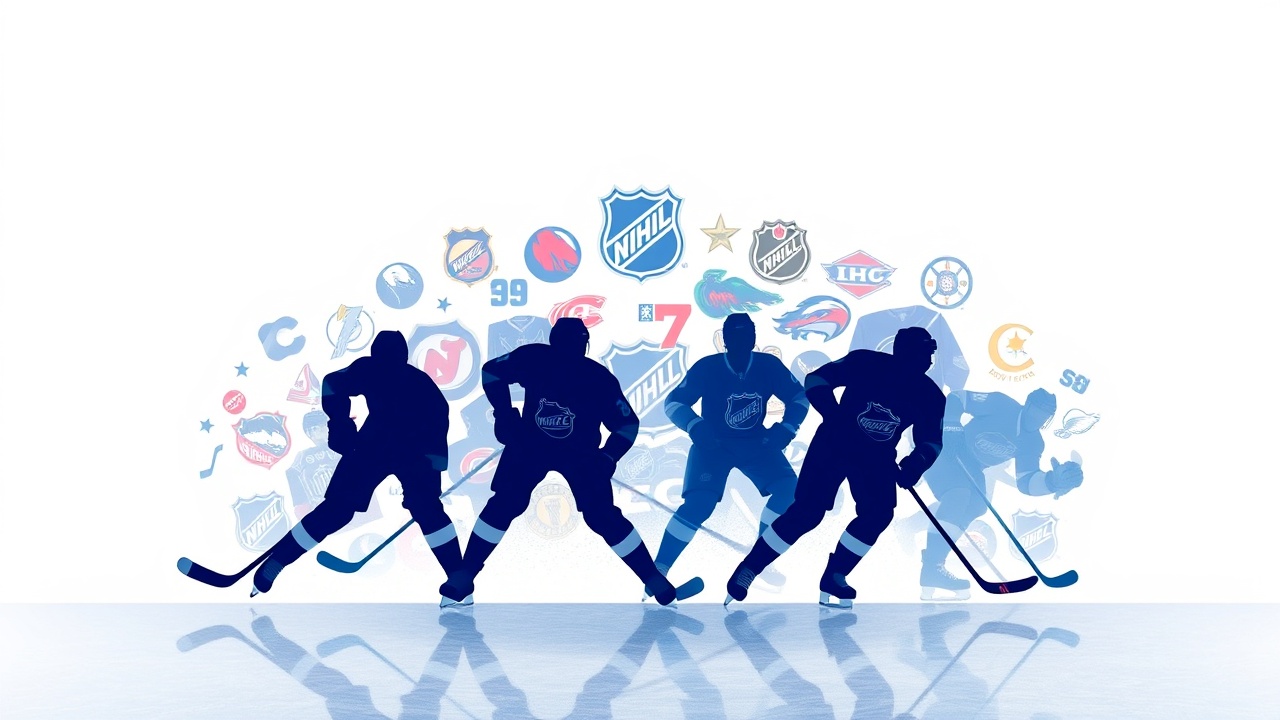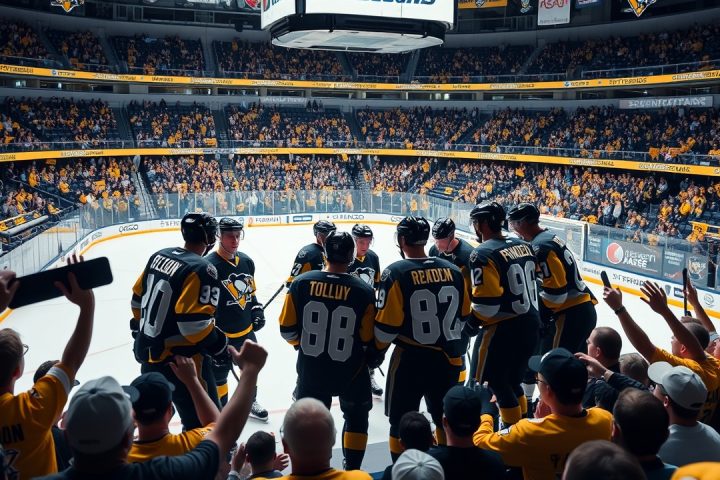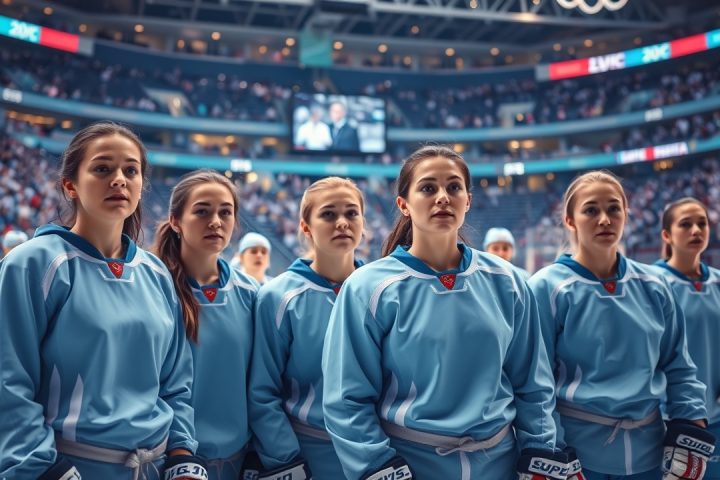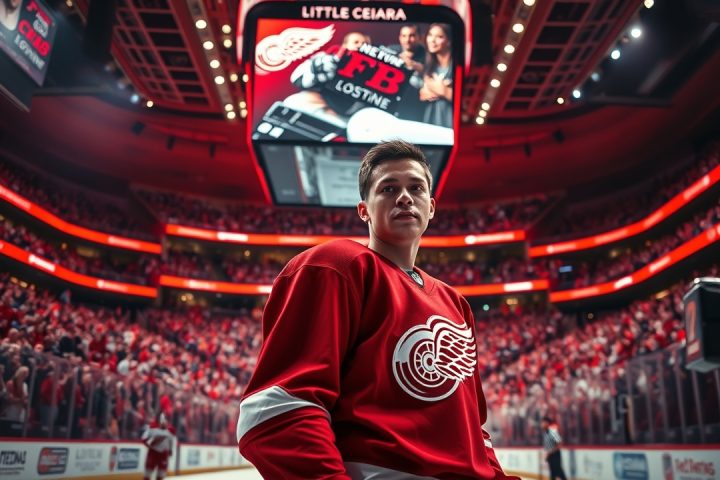Introduction to Offer Sheets in the NHL
In recent years, the concept of offer sheets hasn’t generated much excitement in the NHL, aside from brief moments like the conflict between the Canadiens and Hurricanes involving Sebastian Aho and Jesperi Kotkaniemi. However, the landscape shifted last offseason when the St. Louis Blues made headlines by issuing two offer sheets to players from the Edmonton Oilers, Dylan Holloway and Philip Broberg. Their successful contributions became pivotal in St. Louis’s resurgence and reignited discussions about the potential advantages offer sheets provide teams with substantial draft picks and cap space.
Current Trends in RFA Extensions
Although some anticipated a resurgence of offer sheets, this summer has been marked by an urgent focus among general managers to secure Restricted Free Agent (RFA) extensions early. Teams like the Toronto Maple Leafs quickly locked down Matthew Knies, the Edmonton Oilers extended Evan Bouchard, and the New York Rangers re-signed Will Cuylle. Others, including JJ Peterka and Noah Dobson, were traded and subsequently extended by their new teams. As teams began to navigate negotiations, players like Lukas Dostal, Bowen Byram, and Gabriel Vilardi opted for arbitration to solidify their futures.
Potential Offer Sheets and Player Movements
Looking ahead, Mason McTavish stands out as a notable player who could attract an offer sheet this summer, despite the Anaheim Ducks‘ ample cap space enabling them to match any reasonable proposal. For an offer to create uncertainty in Anaheim, it would need to have a significant cap hit; anything below $7.02 million is unlikely to deter the Ducks. This context arises from their stocked talent pipeline and the departure of Trevor Zegras, making it essential for them to retain viable players to foster future success. However, the Ducks might hesitate to make a substantial financial commitment at this point, given McTavish’s uncertainty regarding his position as a premier center. Comparisons with players like Max Comtois and Max Domi underscore this ambiguity.
While teams such as the Canadiens, Bruins, Flames, and Red Wings might consider taking a chance on acquiring McTavish to see if he flourishes in a different environment, another unsigned RFA to watch is Luke Hughes of the New Jersey Devils. Though not currently eligible for an offer sheet, Hughes’ forthcoming extension could reverberate through the Devils’ roster decisions, especially if his projected contract of around $7.52 million per year becomes a reality. Such a deal may necessitate roster adjustments; management might consider trading Ondrej Palat to accommodate Hughes while pondering bolder moves regarding their defensive lineup.
Trade Market Dynamics
The trading landscape remains complex, particularly for players like Dougie Hamilton, who has now transitioned to having a modified no-trade clause. With Hughes proving his mettle in Hamilton’s absence, this creates intrigue regarding Hamilton’s market value and whether a trade is plausible. Compounded by recent arbitration decisions, including the Buffalo Sabres signing Bowen Byram to a two-year deal valued at $6.25 million annually, teams need to be prudent when navigating the defense market, which has been relatively stagnant.
Teams like the San Jose Sharks, facing roster gaps after losing players and needing to hit the salary cap floor, might consider dealing away Mario Ferraro, who boasts a manageable cap hit for a desirable 26-year-old defenseman. As interest in defensemen persists, particularly for left-side players, potential swaps involving other players could come to the forefront depending on each team’s immediate needs.
On the right side, teams may find opportunities in acquiring players like Rasmus Andersson, still drawing interest though landing spots seem limited. Most attractive fits remain with playoff contenders craving reinforcement, as the market has seen the value of such players fluctuate. Meanwhile, the goalie market has yielded limited options, prompting speculation about the future of Arturs Silovs among a crowded crease for teams like the Penguins, who must navigate the complexities of their goalie situation.
Conclusion
As the offseason progresses, the interplay between players navigating RFAs and possible trades reflects an evolving NHL landscape, filled with both promise and uncertainty. Many teams are poised to make significant moves as they build rosters that align with their competitive aspirations, particularly as pressure mounts to maximize asset value in a challenging market.




